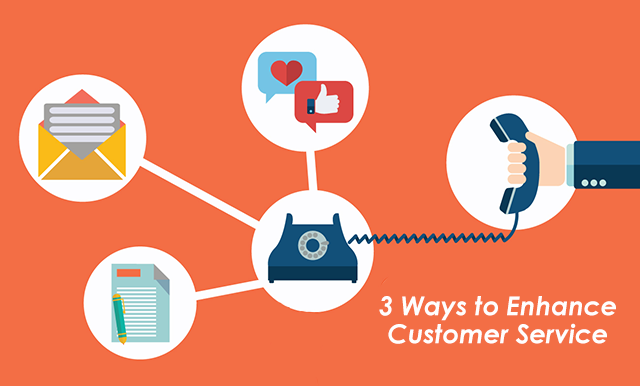
What eCommerce Sites Are Doing Wrong
According to Practical eCommerce, about 80% of eCommerce startups fail. There are many reasons why eCommerce businesses fail including no real investment to a bad marketing strategy. However, near the top of the list, are eCommerce websites that do nothing to enhance customer service or fail to deliver a quality customer experience.
CIO, in 11 Common eCommerce Mistakes and How to Fix Them, notes some of the more terrible (but nonetheless prevalent) problems with eCommerce websites. Many, for example, lack navigation, while others select shopping carts that don’t meet their functionality needs. Still others have search functions that don’t produce relevant results, or confusing and time-consuming check out processes.
Whatever the specific problems eCommerce sites face, however, they share one feature in common: they don’t embrace a customer experience paradigm which puts users in the driver’s seat. Instead, they define customer service in more traditional terms, as essentially reactive, a model which waits patiently (and misguidedly) for customers to experience a problem and (hopefully) contact them for help. For eCommerce sites looking for more effective ways to enhance customer service, there is another way.
The Rise of Proactive eCommerce: 3 Ways Merchants Can Enhance Customer Service
Online shoppers, like other consumers, are increasingly savvy, and increasingly accustomed to finding solutions to problems on their own. This is especially true among the rising tide of Millennial consumers who bring their noted DIY mentality to the shopping experience. Forward-thinking eCommerce marketers understand this trend, and enhance customer with a host of self-service capabilities, including the following 3:
1. DIY Customer Service
Millennials occupy an increasingly larger share of the market. What they’re looking for is not the traditional customer service model. But rather empowerment, and that’s putting pressure on eCommerce sites to bring the DIY culture into customer service. Jeff Platon, CMO for customer-service software provider, Interactive Intelligence, notes the importance of this trend:
“Today’s customers are busy and often mobile and need to be able to solve a problem quickly and preferably independently. Customers’ demand for better self-service experiences, as well as expanded channels for self-service (Web, SMS, mobile), is driving higher investments in this technology.”
Successful eCommerce businesses enhance customer service by using predictive self-service technology to let customers find their own answers easily. Those technologies are most successful when fully integrated, obviating the need to go to a separate FAQ page or engage in online chat.
2. Email and Text Notifications
eCommerce giants like Amazon and Walmart have long empowered shoppers with push notifications delivered through email or text (SMS). Customers receive such notifications when an order has shipped or backordered, as well as when backordered items become available. Walmart also now tells customers through these channels when items have been delivered (delighting customers who learn through email that ordered items are sitting outside their door). An increasing number of marketers and web designers are following suit and putting their own spin on these real-time notifications to enhance customer service.
3. Enhance Customer Service Via Social Media
Increasingly, eCommerce brands are using social media platforms to respond to customer service inquiries. As evidence of this trend, the total number of social media messages which required a response from businesses jumped by 17% from 2014 to 2015.
In addition, social media platforms allow eCommerce businesses to enhance customer service by meeting customers’ needs in the presence of their friends and fellow customers. Equally important as regards to the DIY culture, many companies, rather than waiting for customer service issues to manifest, now deploy both proactive and preemptive strategies that address potential issues before they arise.
eCommerce Customer Service is Constantly Changing
eCommerce customer service is changing as industry leaders find new ways to accommodate consumers’ increasing desire to control their own shopping experience and find their own solutions to problems. The best eCommerce sites enhance customer service by providing users with the tools to quickly and easily resolve issues, explore options, and get the answers they need on their own.
To enhance customer service and stay on top of the trends which are driving eCommerce success, merchants need to partner with website designers that have experience implementing customer experience and customer service techniques. To learn more about the ways our Magento eCommerce site design, development and maintenance services can help you optimize your online sales, contact us today.